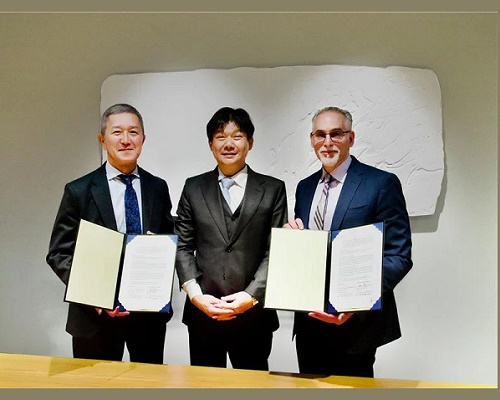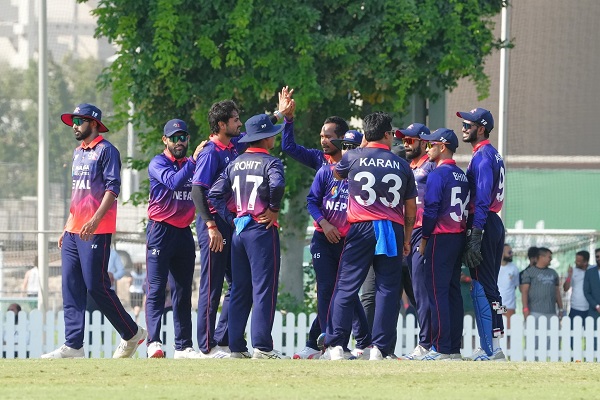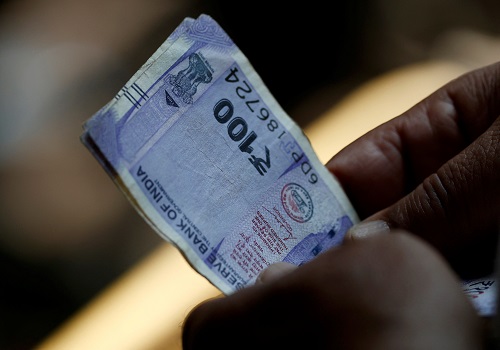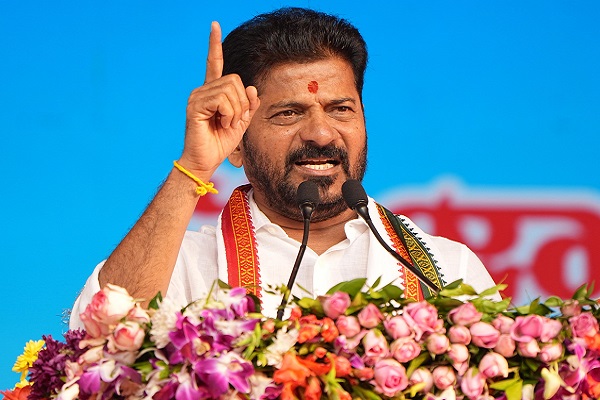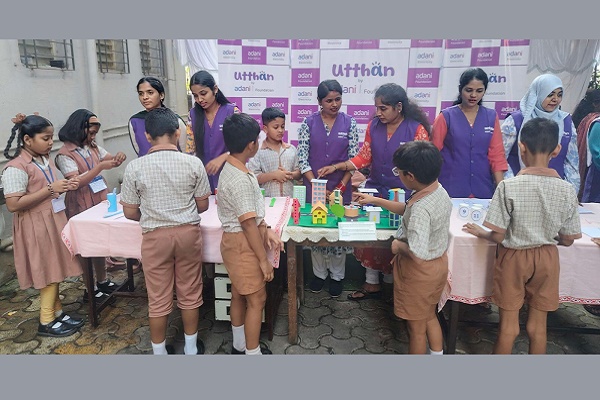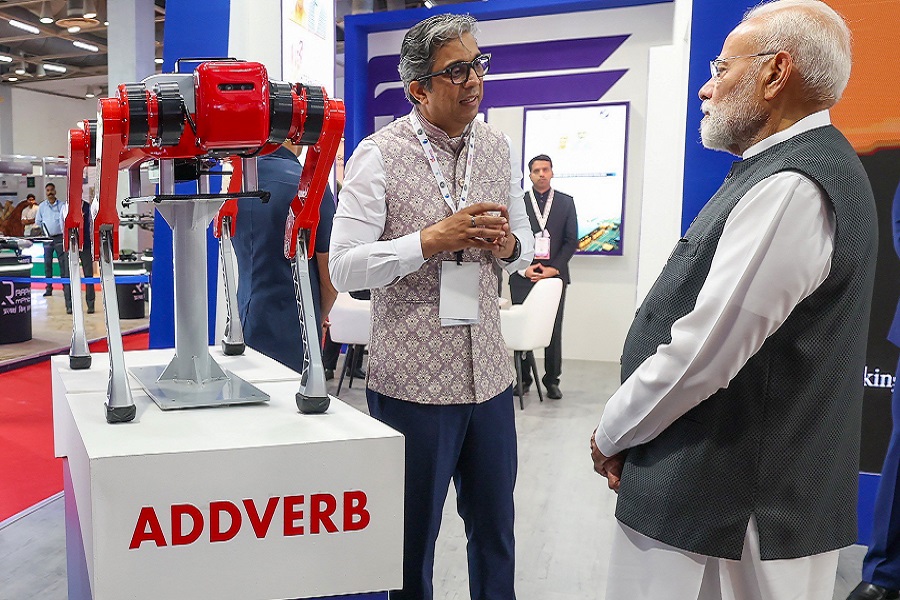Centre notifies key amendments in PLI scheme for textiles
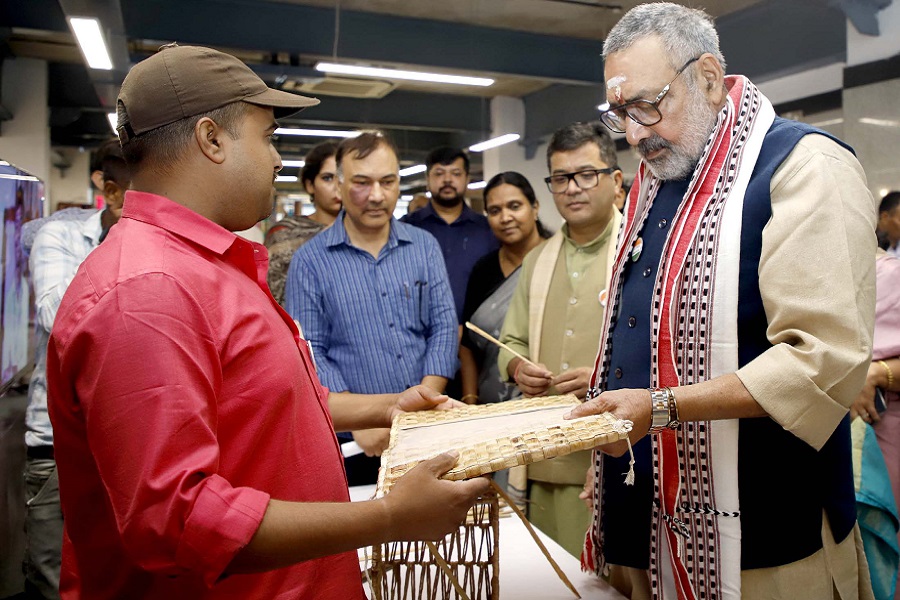
The Ministry of Textiles on Thursday notified key revisions to the production-linked incentive (PLI) scheme for man-made fibre (MMF) apparel, MMF fabrics, and products of technical textiles, which aims to address industry challenges, enhance ease of doing business, encourage fresh investments in the sector, and accelerate growth.
The key revisions to the PLI scheme include inclusion of eight new HSN codes for MMF Apparel and nine new HSN codes for MMF fabrics.
Applicants can now establish project units within the existing companies. With effect from August 1, for all new applicants, minimum investment stands reduced from Rs 300 crore to Rs 150 crore in Part-1 category and from Rs 100 crore to Rs 50 crore in Part-2 category of the scheme.
Beginning FY 2025–26, applicants now have to demonstrate a minimum of 10 per cent incremental turnover over the previous year to qualify for incentives (from Year two onwards).
“The above revisions will significantly reduce entry barriers and financial thresholds, enabling faster execution,” the government said.
To encourage wider participation from the Industry, the Ministry of Textiles has opened the PLI Scheme application portal until December 31.
“Interested companies are urged to take advantage of the revised framework and extended timeline to apply and contribute to India’s vision of becoming a global textile manufacturing hub,” according to Ministry of Textiles.
Meanwhile the government not only aims to achieve the $350 billion textiles sector target by 2030, including $100 billion in exports, but also move towards carbon neutrality, according to Textiles Minister Giriraj Singh.
Speaking at a recent event, the minister noted that climate change and environmental sustainability pose major challenges to the sector. He emphasised that the climate is changing, and we must use water and electricity judiciously and work together to protect nature.
“Efficient water use, soil conservation, and adoption of renewable energy are vital to protect India’s predominantly rain-fed cotton regions and to ensure that the hard work of farmers leads to prosperity for generations to come,” said Singh.
Although India accounts for 40 per cent of the world’s cotton area, productivity remains around 450 kg per hectare, much lower than 2,000 kgs per hectare in many other countries. The Mission for Cotton Productivity, under active consideration, aims to address this gap.
